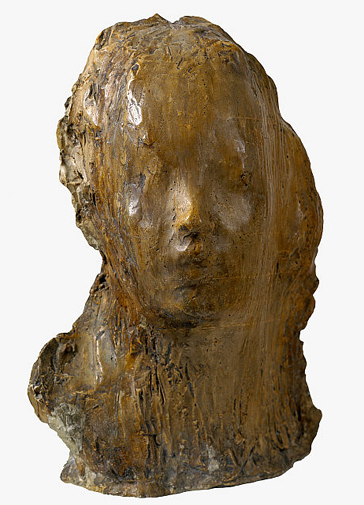Andrew Graham-Dixon on the ghostly 'memory' sculptures of Medardo Rosso on show at the Whitechapel gallery in London
A baffled critic, writing in 1904, described the art of Medardo Rosso as ''sculpture that no longer resembles anything, not even sculpture''. The remark was meant disparagingly but Rosso may have taken it as a compliment. Simple resemblance to things was not, to his way of thinking, much to be desired. A Rosso sculpture is a solid paradox: a monument to evanescence; a thing that exists to challenge the notion that anything or anyone can pretend to be more than fleetingly substantial. Rosso made works of art that do, in fact, resemble things seen in the real world, but with deliberate, melting tenuousness. The likeness is always threatened and unstable, as though it might just have been produced by a trick of the light.
Medardo Rosso is generally less well known than he should be and virtually unknown in this country, a state of affairs which the small but invigorating exhibition of his work currently occupying the upper floor of the Whitechapel Art Gallery aims to correct. Rosso, who was born in Turin in 1858 but spent most of his creative life in Paris, has been remembered somewhat cursorily by art history as the Impressionist of sculpture. This is partially true, but one of the chief virtues of this exhibition is the extent to which it complicates such a judgement and makes, of Rosso, much more than a footnote.
To look at one of Rosso's figurative sculptures is to see a momentarily palpable ghost, an apparition that looks as though it has suddenly materialised rather than been made. The last of his sculptures, Ecce Puer, is a child's face made to look as if accidentally formed from lava: the likeness of a...


